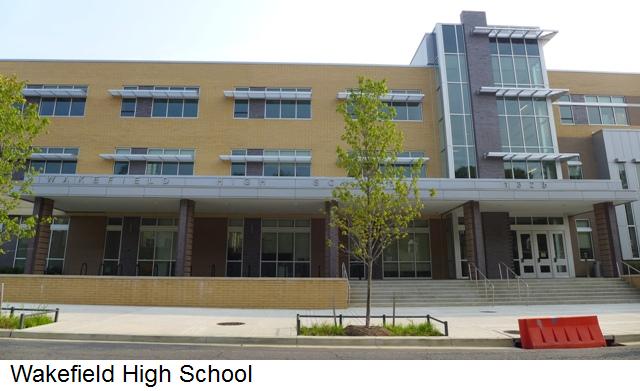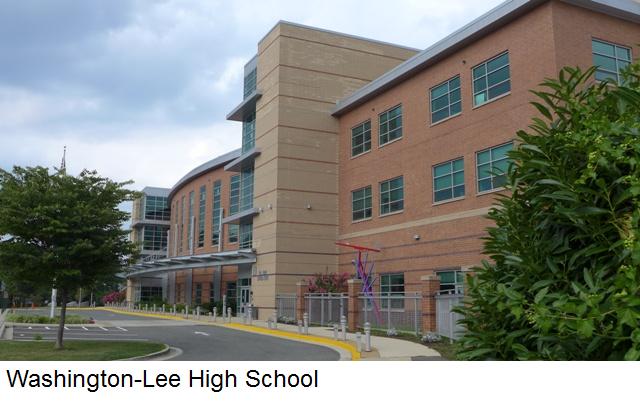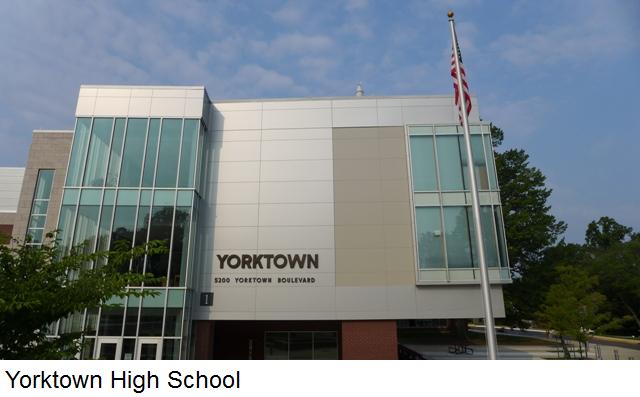Back to School: Great Additions, Great Lessons
Preservation Arlington celebrates the return to the school year with a four-day series looking at one of the most important buildings types in our community — the school house. Yesterday, we highlighted some of Arlington’s best-designed school buildings, spanning different decades.  Today we are looking at successful school expansions that respect the original building while meeting the needs of our expanding school age population. All of these schools, most of which originally date to the 1950s — the period of a major population boom in Arlington — have had major additions that nonetheless integrate the old and the new in a sensitive way.
Today we are looking at successful school expansions that respect the original building while meeting the needs of our expanding school age population. All of these schools, most of which originally date to the 1950s — the period of a major population boom in Arlington — have had major additions that nonetheless integrate the old and the new in a sensitive way.
Stay tuned for the last two posts in our series, which will focus on schools that have been given new uses and remain important civic buildings and other educational buildings that are now at risk.
Stratford Junior High School, built in 1950, is located at 4100 Vacation Lane. On February 2, 1959, four black students were enrolled in the seventh grade at Stratford, making it the first public secondary school in the Commonwealth of Virginia to desegregate (see Preservation Arlington piece, November 20, 2013). This school will forever be an important part of our history.
Due to declining enrollment, Stratford was one of two schools closed in 1978 (Gunston was the other). The HB-Woodlawn program was relocated to the building the following year and occupies most of the building today. Stratford is named for Stratford Hall Plantation in Westmoreland County, Virginia, which was the home of four generations of the Lee family of Virginia and was the birthplace of Robert E. Lee. Many people might also wonder about the origin of the street name Vacation Lane. The site had been a YWCA camp, including a “Vacation Lodge,” prior to the County acquiring the site. The school building is on the National Register of Historic Places.

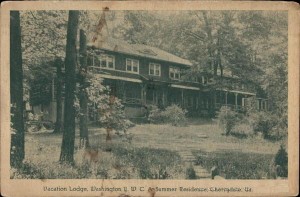
Swanson Middle School, (profiled January 22, 2014, by Preservation Arlington), at 5800 Washington Boulevard, was named after Claude A. Swanson, a member of both the U.S. House of Representatives and the U.S. Senate and a former Governor of Virginia and Secretary of the Navy.
Opened in 1940, multiple additions were added over the years including one in the early 2000s. The most recent addition to the school involved an extensive public hearing process, and concerns of the historic preservation community (including our predecessor, the Arlington Heritage Alliance) regarding the placement of the addition were not addressed. That said, the overall design language is generally respectful of the original main building. The school is designated a local historic district and future changes will involve a public process.

Jamestown Elementary School, at 3700 North Delaware Street, opened in 1953. It had a substantial renovation and addition that successfully tied together the old school with new design features. The subtle modern touches work well with the original school. Jamestown was named after another important Virginia community that served as the first permanent English settlement in the Americas.
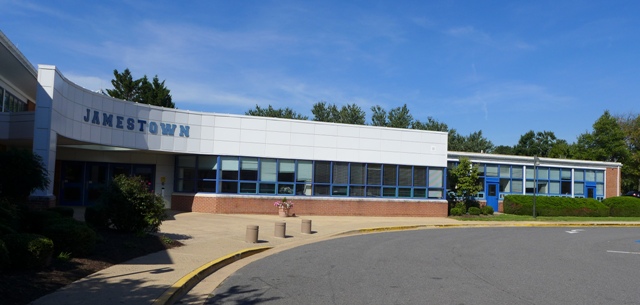
Campbell Elementary School, at 737 South Carlin Springs Road, first opened in 1955 as Glencarlyn Elementary School. Sitting on the edge of the County, it helped meet the educational need for a very populated area. A major addition was put on several years ago but the front retains the 1950s architecture that is seen on so many schools in Arlington.
Originally named for the Glencarlyn neighborhood, the school was renamed Campbell Elementary in 2004 to honor former Arlington County School Board Member Elizabeth Campbell, an education pioneer in Arlington and Virginia and founder of WETA-TV.

Ashlawn Elementary, at 5950 8th Road North, is our newest major addition and investment in schools. It welcomed new students yesterday amidst continued construction activity. The traditional 1950s school design has been sympathetically matched by the addition yet with new materials and other modernizations.
Ashlawn, designed by architect A.J. Dickey, opened in 1956 at the height of the baby boom to relieve overcrowding at McKinley, Walter Reed and Jackson Elementary Schools. Ashlawn is named after Ash Lawn-Highland, President Monroe’s home in Albemarle County, which has been open to the public since 1931 and is owned by the College of William & Mary, Monroe’s alma mater, since 1974.
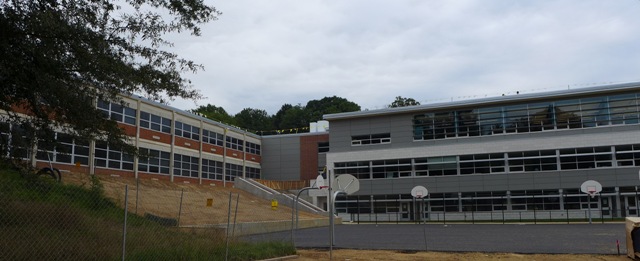
When Glebe Elementary School opened in 1971 it was the first new school to be opened in Arlington in over a decade. When it was renovated and expanded in the early 2000s the architecture respected the modern style of the original building. Glebe School was designed as an “open school” that was in the educational vanguard at the time. Located at 1770 North Glebe Road, the address was specifically chosen as 1770 after the year in which the Fairfax Parish, which contained Christ Church in Alexandria, the Falls Church, and all of present-day Arlington, purchased 517 acres from for its glebe and subsequently built Glebe House in the early 1800s.
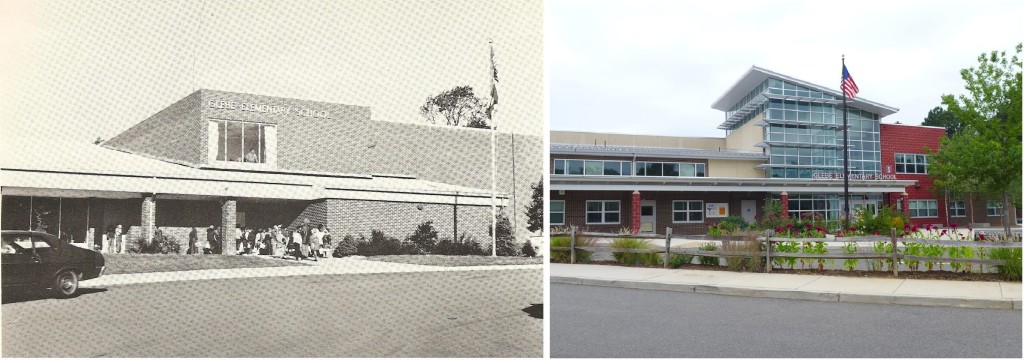
Precedent for the Future?
Arlington continues on an ambitious school improvement plan. Over the last several years all three of our high schools have been redeveloped with new modern buildings. Other schools continue through the cycle of renovation and additions. Arlington opened a brand new Carlin Springs Elementary, at 5995 5th Road South WHEN, and in March 2014 broke ground for a new elementary school on the Williamsburg Middle School campus. Over the next months substantial discussions will take place to discuss how Arlington will continue to meet its growing student population as well as a student population that continues to move through the system with limited attrition. How we will meet these challenges remains to be seen, but Arlington will meet them, as the commitment to schools continues into the 21st century.

